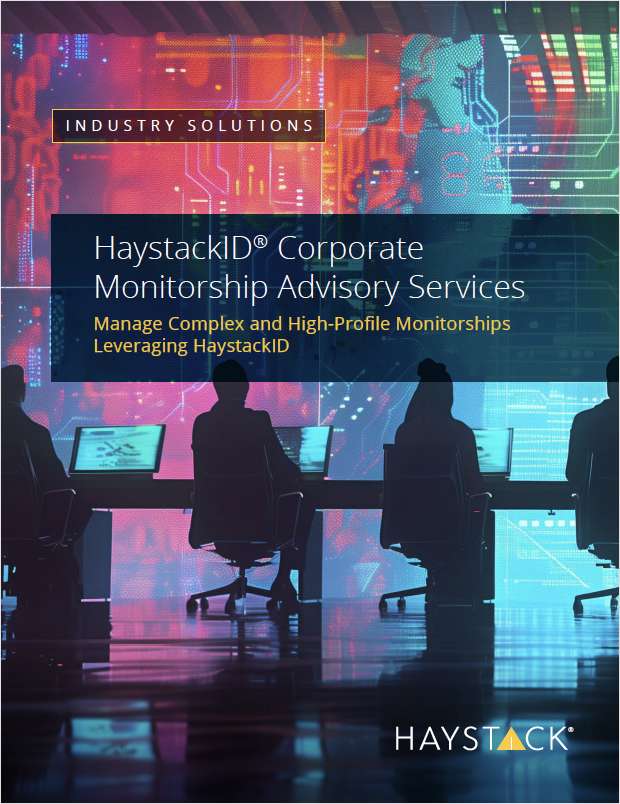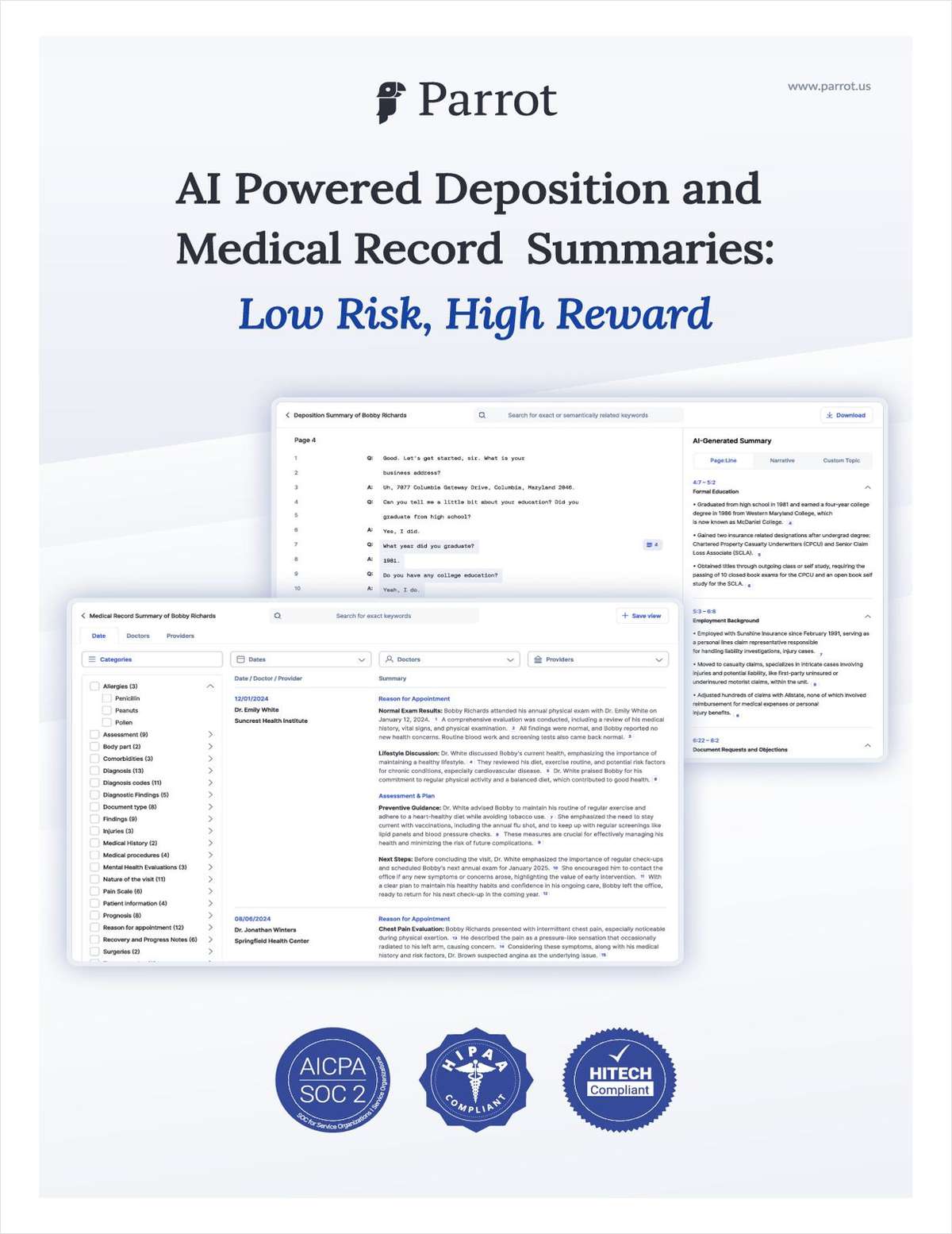Pacesetter Research: Workforce mobility, an opportunity beyond compliance
Professional service providers have traditionally provided compliance and regulatory services for mobility challenges, but an opportunity, specifically for law firms, to move beyond the traditional service offering may be on the horizon.
March 11, 2023 at 01:14 PM
6 minute read
Historians have often divided the history of globalization into three time periods Globalization: 1.0, 2.0, and 3.0. Globalization 2.0 (1800-2000) is of particular interest, as it began after World War II when a new era of globalizing businesses was born. In an effort to cut costs and also expand into new markets, organizations readily deployed their human capital assets all over the world, to an unprecedented degree. While there was some regulatory red tape, mostly it was a financial and operational efficiency issue. However, since the 2008 economic crisis in particular, there has been a rapid growth in government regulations that have been erecting all sorts of obstacles to moving people across borders, forcing mobility — organizations' deployment of their human capital assets — into a much more board-level strategic sphere. For example, in 2010 the US implemented FATCA, where American citizens living abroad must pay US taxes regardless of who they work for or who they do business with abroad. Needless to say, other countries have followed suit. In addition, starting in 2017 the US immigration policy significantly tightened, making legal immigration much more difficult to obtain and increasing the denial rate on new H-1B petitions for high-skilled foreign nationals, at a time when many companies cited obtaining talent with key skill sets as their number one challenge. Also in 2020, with the formal withdrawal of the UK from the EU, Brexit further complicated the movement of employees cross-borders. With this dramatic shift in laws and regulations, organizations were subject to new risks and service delivery strategies suddenly became a high-level priority.
In response to this challenge, professional service providers developed mobility service offerings that focused largely on compliance. Professional service providers, specifically multi-service firms, some consulting firms, and law firms, offer their expertise on immigration, taxes, social security, employment laws, payroll, and employee benefits and compensation issues, to name a few. In addition to this, some professional service providers who offer mobility services have used technology to help their clients become proactive in managing their service delivery needs. For instance, through the development or adoption of mobility software platforms, many offer the ability for HR professionals to manage payroll and compliance needs more efficiently, improve accuracy in cost projections associated with a mobile workforce, and manage third-party vendors. Many of these platforms also provide a user-friendly experience to the employee that keeps them informed on assignments, travel, immigration, and tax-related needs. With that said, after years of addressing the regulatory challenges that impacted mobility, many professional service providers have developed a solid framework around this service.
This content has been archived. It is available through our partners, LexisNexis® and Bloomberg Law.
To view this content, please continue to their sites.
Not a Lexis Subscriber?
Subscribe Now
Not a Bloomberg Law Subscriber?
Subscribe Now
NOT FOR REPRINT
© 2025 ALM Global, LLC, All Rights Reserved. Request academic re-use from www.copyright.com. All other uses, submit a request to [email protected]. For more information visit Asset & Logo Licensing.
You Might Like
View All
ALM Market Analysis Report Series: Nashville's Rapid Growth Brings Increased Competition for Law Firms
Trending Stories
Who Got The Work
J. Brugh Lower of Gibbons has entered an appearance for industrial equipment supplier Devco Corporation in a pending trademark infringement lawsuit. The suit, accusing the defendant of selling knock-off Graco products, was filed Dec. 18 in New Jersey District Court by Rivkin Radler on behalf of Graco Inc. and Graco Minnesota. The case, assigned to U.S. District Judge Zahid N. Quraishi, is 3:24-cv-11294, Graco Inc. et al v. Devco Corporation.
Who Got The Work
Rebecca Maller-Stein and Kent A. Yalowitz of Arnold & Porter Kaye Scholer have entered their appearances for Hanaco Venture Capital and its executives, Lior Prosor and David Frankel, in a pending securities lawsuit. The action, filed on Dec. 24 in New York Southern District Court by Zell, Aron & Co. on behalf of Goldeneye Advisors, accuses the defendants of negligently and fraudulently managing the plaintiff's $1 million investment. The case, assigned to U.S. District Judge Vernon S. Broderick, is 1:24-cv-09918, Goldeneye Advisors, LLC v. Hanaco Venture Capital, Ltd. et al.
Who Got The Work
Attorneys from A&O Shearman has stepped in as defense counsel for Toronto-Dominion Bank and other defendants in a pending securities class action. The suit, filed Dec. 11 in New York Southern District Court by Bleichmar Fonti & Auld, accuses the defendants of concealing the bank's 'pervasive' deficiencies in regards to its compliance with the Bank Secrecy Act and the quality of its anti-money laundering controls. The case, assigned to U.S. District Judge Arun Subramanian, is 1:24-cv-09445, Gonzalez v. The Toronto-Dominion Bank et al.
Who Got The Work
Crown Castle International, a Pennsylvania company providing shared communications infrastructure, has turned to Luke D. Wolf of Gordon Rees Scully Mansukhani to fend off a pending breach-of-contract lawsuit. The court action, filed Nov. 25 in Michigan Eastern District Court by Hooper Hathaway PC on behalf of The Town Residences LLC, accuses Crown Castle of failing to transfer approximately $30,000 in utility payments from T-Mobile in breach of a roof-top lease and assignment agreement. The case, assigned to U.S. District Judge Susan K. Declercq, is 2:24-cv-13131, The Town Residences LLC v. T-Mobile US, Inc. et al.
Who Got The Work
Wilfred P. Coronato and Daniel M. Schwartz of McCarter & English have stepped in as defense counsel to Electrolux Home Products Inc. in a pending product liability lawsuit. The court action, filed Nov. 26 in New York Eastern District Court by Poulos Lopiccolo PC and Nagel Rice LLP on behalf of David Stern, alleges that the defendant's refrigerators’ drawers and shelving repeatedly break and fall apart within months after purchase. The case, assigned to U.S. District Judge Joan M. Azrack, is 2:24-cv-08204, Stern v. Electrolux Home Products, Inc.
Featured Firms
Law Offices of Gary Martin Hays & Associates, P.C.
(470) 294-1674
Law Offices of Mark E. Salomone
(857) 444-6468
Smith & Hassler
(713) 739-1250












